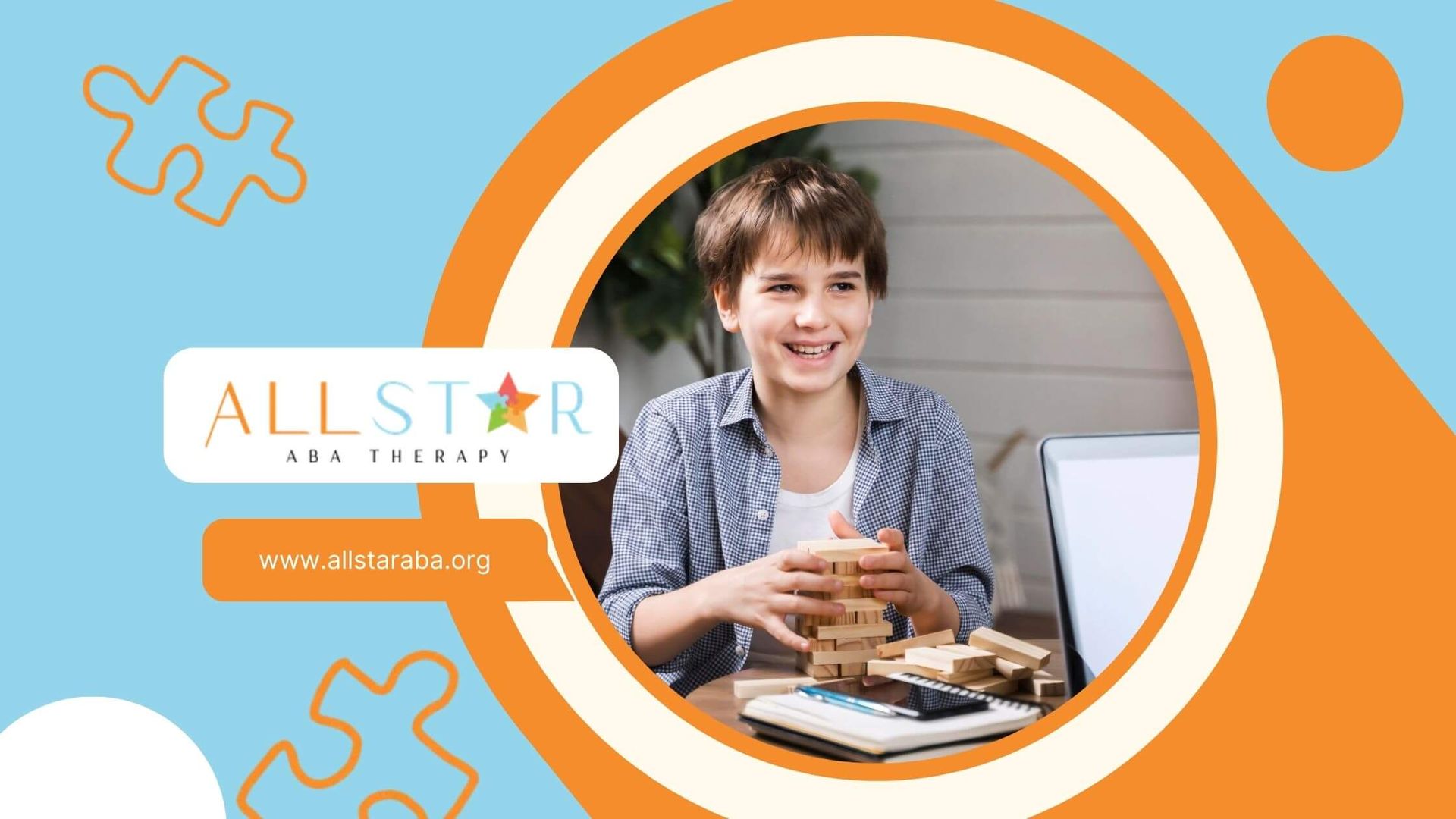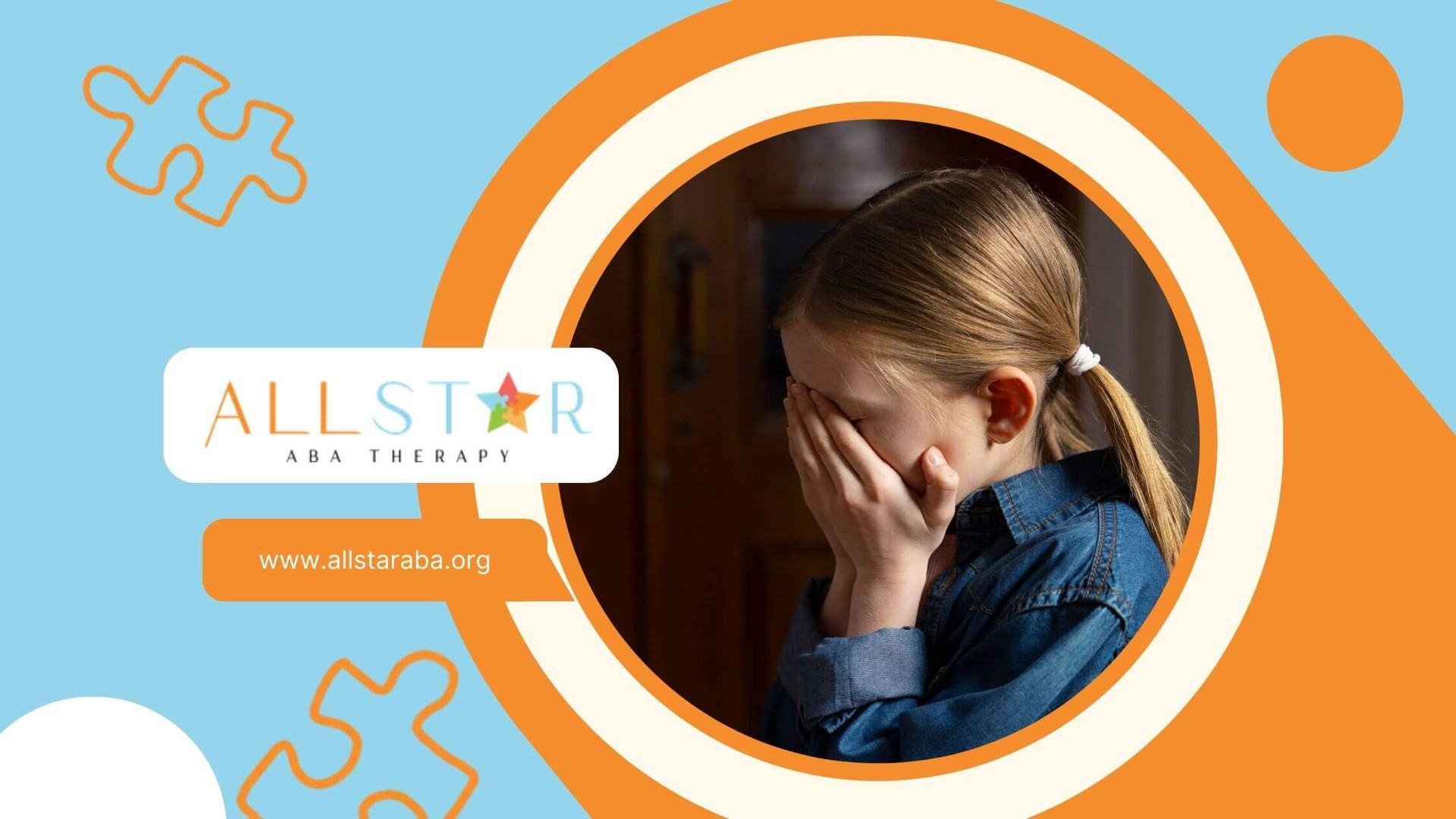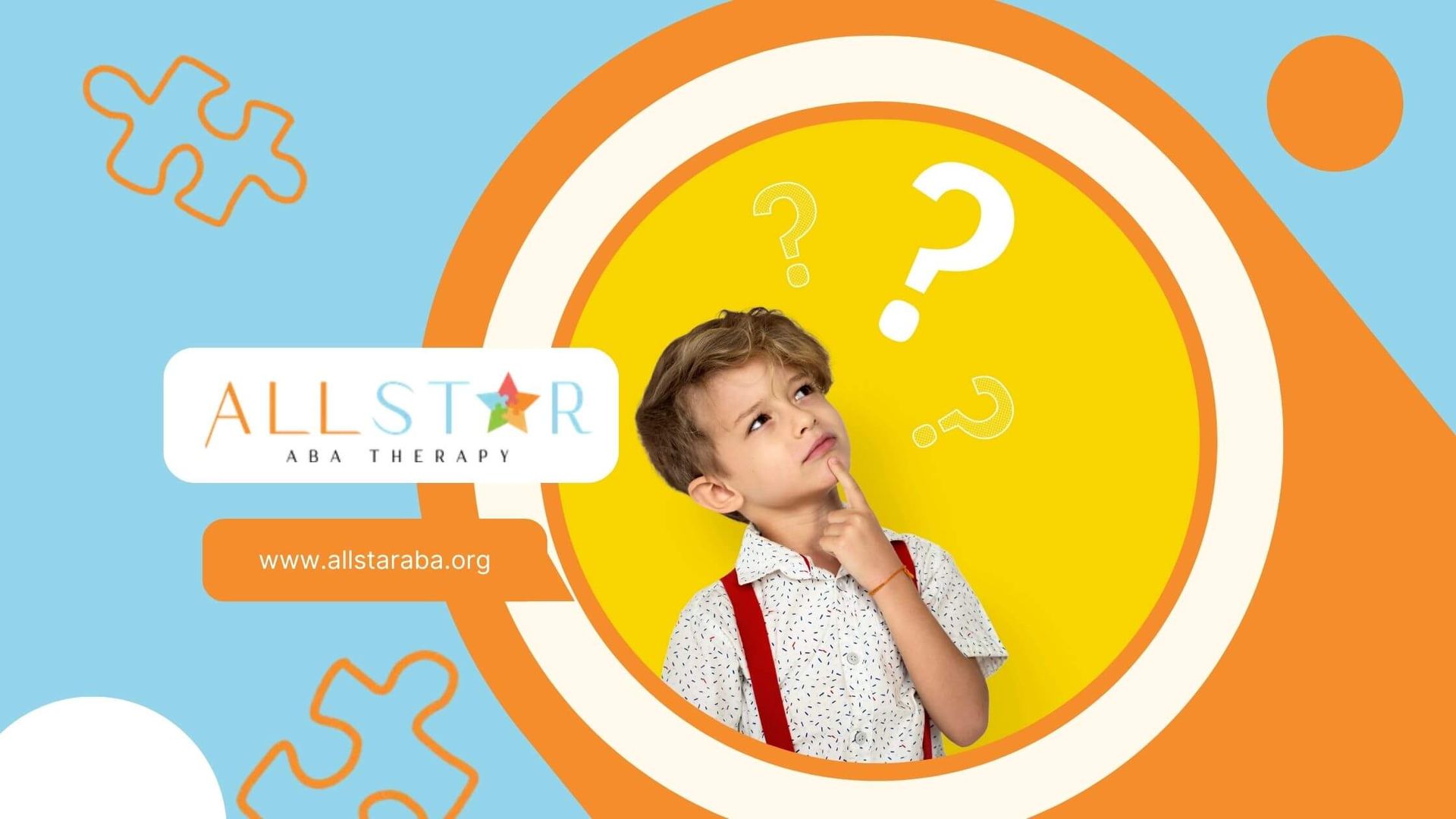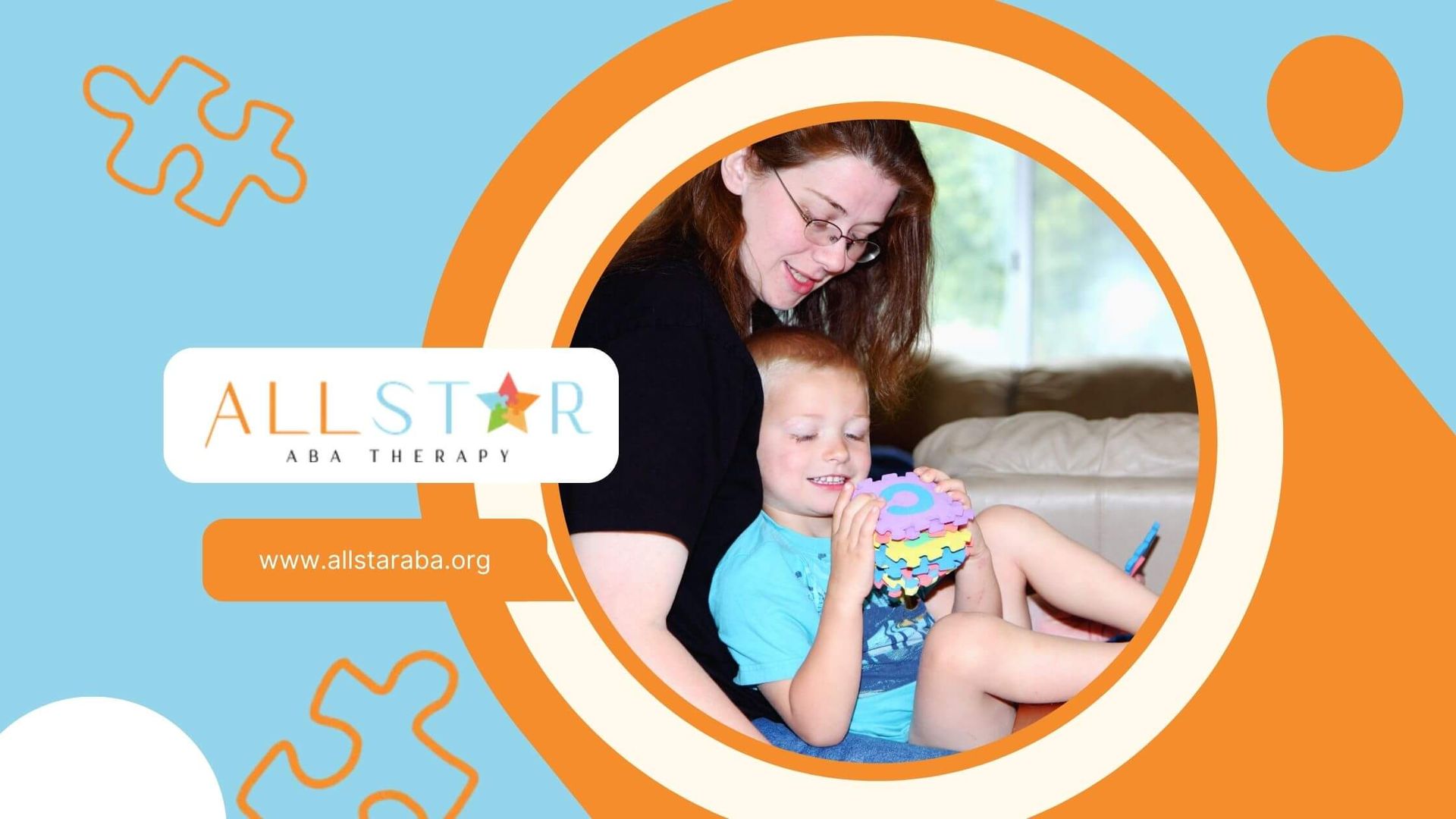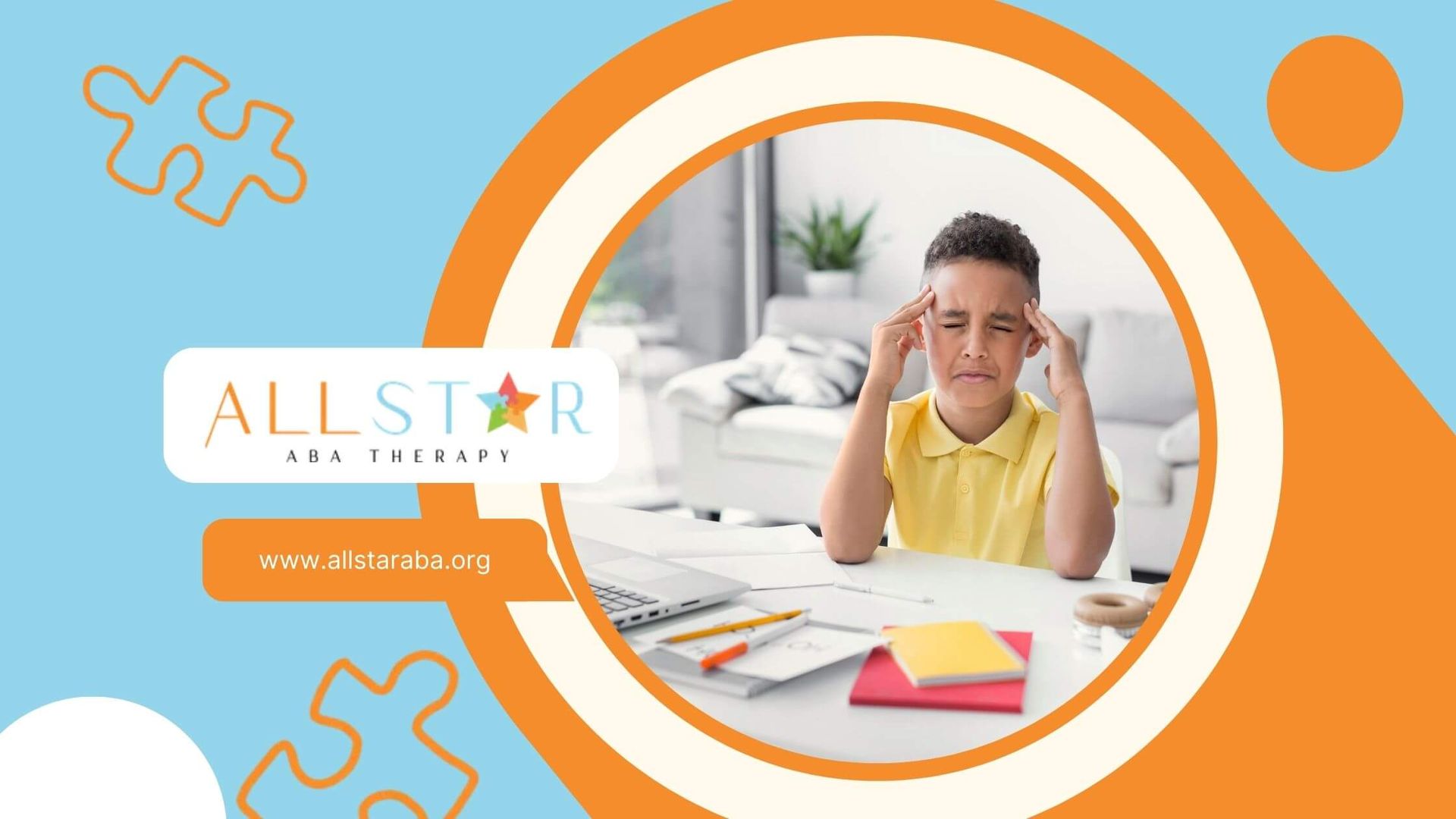New Paragraph
The Subtle Physical Clues That May Signal Autism in Children
Key Highlights
- Research has shown autistic children may have distinct facial features, such as a broader upper face, wider eyes, and a shorter middle face, compared to neurotypical peers.
- Physical characteristics like unusual gait, hypotonia, and repetitive movements are also commonly noted on the autism spectrum.
- Facial features alone cannot reliably diagnose autism but may support early identification alongside behavioral observations.
- Recent studies use facial recognition and machine learning to help clinicians identify autism traits early and accurately.
- Genetic and environmental factors play a significant role in the development of different facial features and physical characteristics linked to autism.
- Understanding these visual clues can enhance early intervention, improve support strategies, and support accurate diagnosis.
When we think of autism, we usually picture behavioral differences—how a child communicates, plays, or reacts to the world. But research suggests there may also be subtle physical signs, from facial structure to the way a child moves.
I remember working with a boy in school-based ABA therapy whose eyes seemed slightly wider apart than his siblings’. His parents never thought much of it until paired with other early signs, it became one of the clues that led to his diagnosis—and timely support.
Common Facial Features in Autistic Children
What Studies Show
Research by Tripi et al. (2019) found certain facial features were more common in autistic children, such as:
- Wider-set eyes with increased distance between the inner corners
- A broader upper face
- A shorter midface
- A larger mouth or shorter philtrum (the vertical groove between the nose and upper lip)
- A flatter nose bridge or slightly more prominent forehead
It’s important to remember these are subtle differences. Many children without autism share these traits, and many autistic children don’t have them at all.
The key takeaway is that facial structure can be one supportive clue, not a standalone diagnostic marker.
I once worked with a 5-year-old whose smile lit up his whole face. His eyes seemed unusually wide apart, something his pediatrician had noted in passing.
Coupled with his challenges in joint attention and language development, this led his parents to seek an autism evaluation. It turned out he was autistic—and early intervention made a huge difference in his progress by kindergarten.
Bodily Traits and Movement Differences
Motor Skills and Posture
Motor differences can be just as telling as facial features. Many autistic children have:
- An unusual gait (such as toe-walking)
- Stiff or rigid posture
- Difficulty with balance or coordination
- Hypotonia, or low muscle tone, giving a floppy appearance
These differences often show up in everyday moments. In one session, I worked with a young boy who preferred bouncing in place while we read together. His parents thought it was just a fun habit, but it was actually a self-regulation strategy for his sensory needs.
Why These Signs Matter
According to the CDC, developmental red flags can sometimes be spotted before age two. For example, if a child consistently avoids crawling, skips certain milestones, or walks with an unusual stride, it’s worth discussing with a healthcare provider—especially if paired with communication or social differences.
The Science Behind Physical Differences
Genetics and Development
Facial and bodily traits are formed early in fetal development. Certain genes that shape brain growth also influence craniofacial structure. According to Lordan et al. (2021), these overlapping pathways may explain why some physical traits appear alongside autism.
From an ABA therapy perspective, this genetic link is fascinating because it means certain visual cues might reflect deeper neurodevelopmental patterns—not just “quirks” of appearance.
Environmental Factors
Environmental influences during pregnancy can also affect facial development. For example, maternal health, certain medications, or toxin exposure may play a role. While research is still ongoing, most experts agree that these factors interact with genetics rather than acting alone.
How Technology is Changing Early Detection
Facial Recognition and AI Tools
In recent years, researchers have begun using artificial intelligence to scan and analyze facial features linked to autism.
The Xception neural network, for instance, achieved up to 96% accuracy in distinguishing autistic children from neurotypical peers (Alam et al., 2022).
One pediatrician I work with put it well: “These tools won’t replace my judgment, but they can give me one more piece of evidence to consider—especially in very young children.”
This technology could one day be used in pediatric clinics as a quick, non-invasive screening method—helping identify children who might benefit from a full evaluation.
Physical Features Over Time
Changes from Birth to Childhood
Some traits, like a broader upper face or wider-set eyes, may be visible from birth. Others, like gait differences or certain repetitive movements, often emerge later—usually between ages two and four.
I’ve seen children who met all early physical milestones but began showing clear motor differences in preschool, such as avoiding playground equipment or walking rigidly.
These gradual changes highlight why ongoing observation is just as important as newborn screenings.
Consistency Across Cultures and Ethnicities
What Research Says So Far
Most current studies have focused on specific populations, often limiting their scope to one ethnic group.
Still, features like a shorter midface or broader upper face have been observed in different racial and ethnic backgrounds. The degree of visibility, however, can vary depending on genetic diversity.
Experts emphasize the need for more inclusive research to confirm whether these traits are universally common in autistic children or influenced by population-specific genetics.
What This Means for Parents and Educators
Early Clues and Support
If you notice your child has unusual motor patterns, posture differences, or facial proportions—especially when paired with developmental or behavioral concerns—it’s worth seeking guidance from a pediatrician or developmental specialist.
The American Academy of Pediatrics recommends developmental screenings at 9, 18, and 30 months, with autism-specific screening at 18 and 24 months. These early check-ins are the best opportunity to combine physical observations with behavioral data.
Conclusion
Physical features—whether in facial structure, movement, or posture—may add helpful clues when considering an autism evaluation. But they are never a diagnostic tool on their own.
The most accurate and compassionate approach combines these observations with thorough behavioral assessments. For parents, educators, and clinicians, the goal is the same: identify needs early, provide support quickly, and help each child thrive in their own unique way.
At All Star ABA, we believe every child deserves the chance to thrive with the right support—starting as early as possible. Our experienced ABA therapists work closely with families in Maryland and Virginia to provide personalized, compassionate care that meets each child’s unique needs.
If you’ve noticed subtle physical differences or developmental changes in your child and want professional insight, we’re here to help.
Call us today or book a free consultation to learn how we can guide your family toward the best next steps.
Frequently Asked Questions
Can a child’s physical appearance alone confirm an autism diagnosis?
No, a child’s facial features or physical characteristics alone cannot confirm an autism diagnosis. While certain traits may support early identification, diagnosis of autism requires comprehensive behavioral, developmental, and medical assessment for accuracy.
Do all autistic children have distinguishable facial features?
Not all autistic children have specific or distinguishable facial features. While some may show differences like a broader upper face or wider eyes, others may appear similar to the general population. Diagnosis relies on a combination of physical and behavioral indicators.
Are physical characteristics of autism different in boys and girls?
Physical characteristics of autism, including facial traits, may vary between boys and girls. Research suggests boys might exhibit more pronounced features, such as facial masculinity, but these differences are not consistent enough for reliable diagnosis across all children on the autism spectrum.
Sources:
- https://www.thetransmitter.org/spectrum/clinical-research-facial-features-can-help-diagnose-autism/
- https://pmc.ncbi.nlm.nih.gov/articles/PMC8773918/
- https://www.ucsf.edu/news/2024/02/427171/
- https://pmc.ncbi.nlm.nih.gov/articles/PMC3997654/
Need Support?
We're Here to Help!
Our experienced team is ready to assist you. Reach out today to discuss how we can support your child's development and well-being.
Get started with expert ABA therapy today.



